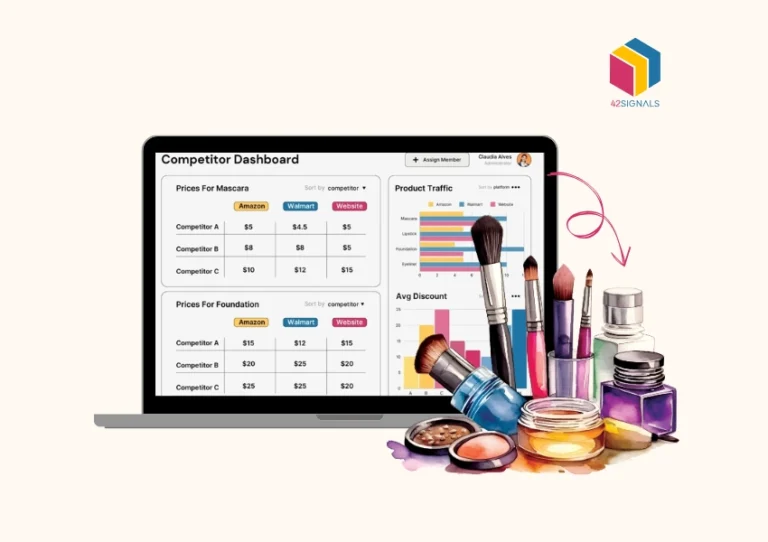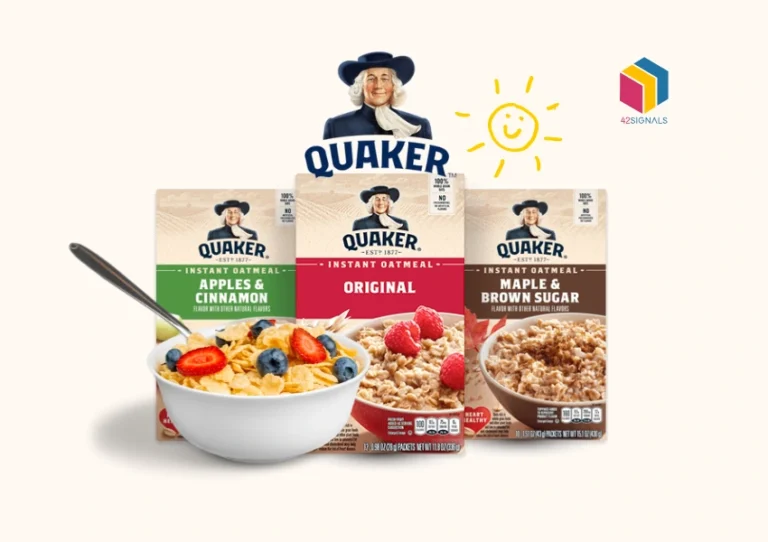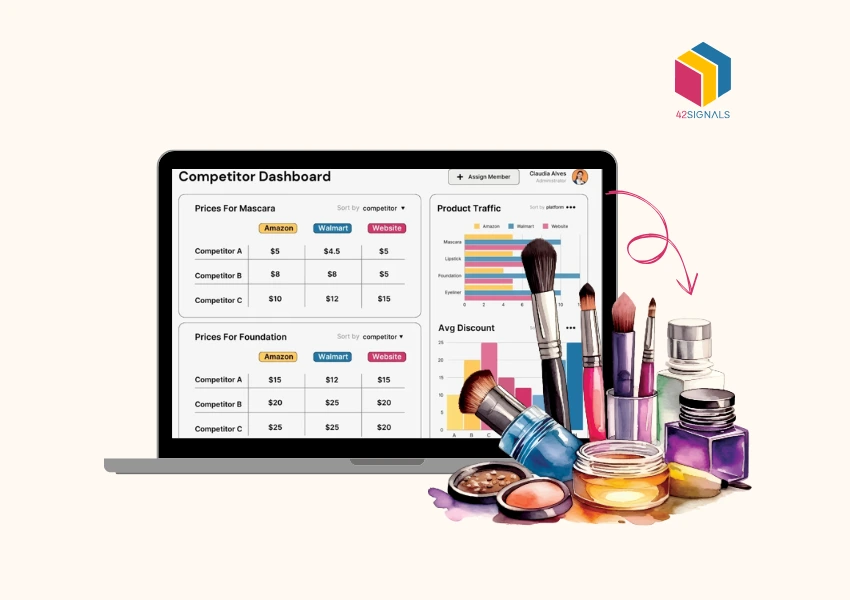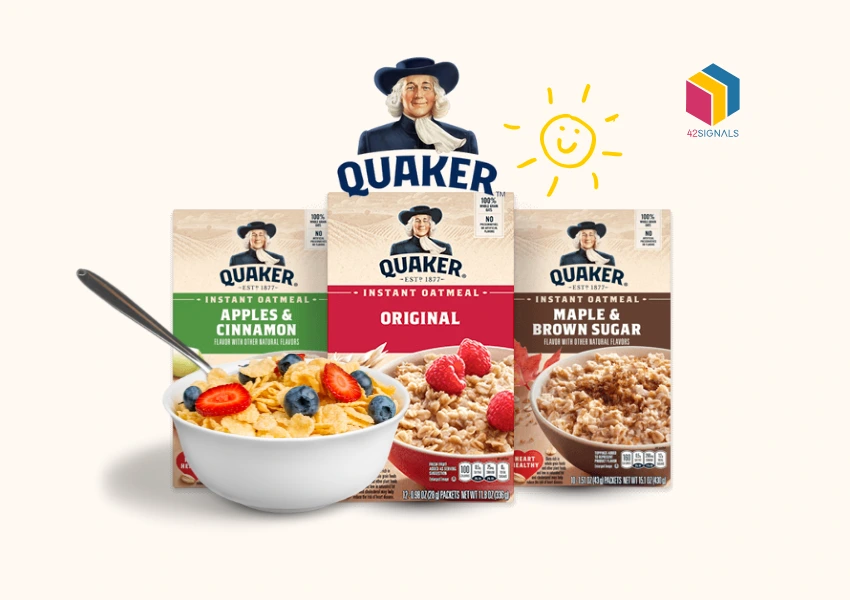Let’s talk about something most businesses overlook: the hidden power of what people type into Google. Imagine knowing exactly what your customers want before they buy. That’s the magic of Share of Search (SoS)—a metric that’s quietly predicting market leaders while everyone else obsesses over likes and clicks. Let’s understand the importance of share of search analysis.
I’ll explain why companies like Glossier and a little-known tea brand you’ve never heard of used SoS to crush competitors and how tools like keyword gap analysis and search forecasting can turn random searches into real revenue.
What Even Is Share of Search Analysis? Let’s Break It Down
Think of share of search analysis like this: if 100 people Google “wireless earbuds” this month, how many are searching for your brand instead of Sony or Apple? If 30 type your name, you’ve got a 30% Share of Search. Simple, right?
But here’s the kicker—Harvard Business Review found brands with high SoS grow revenue 3x faster than those stuck in SEO mediocrity. Why? Because typing a brand’s name into Google isn’t just a “maybe.” It’s intent. It’s someone saying, “I’m ready to buy, and I want you.” That moment of name recall speaks volumes about trust, preference, and decision readiness.
Share of Search vs. Share of Voice: Why You Need Both
Raise your hand if you’ve blown a budget on Instagram ads only to hear crickets at checkout. That’s the difference between Share of Voice (SoV)—how loud you are—and SoS, which measures if anyone’s actually listening. It’s easy to be visible, but much harder to be memorable.

SoV is great for awareness, but share of search analysis tells you if people care enough to look you up afterward. You can shout your message all day, but if no one’s Googling your brand name, it’s like throwing a party and forgetting to send invites.
Real-World Example
A startup spent $50K on TikTok influencers (SoV). Their videos went viral, but their website traffic? Flat. Turns out, their SoS for “sustainable yoga mats” was 5% because their SEO was stuck in 2012. They were making noise but not driving intent.
They fixed it by tapping into emerging trends like eco-friendly fitness, using tools to uncover quirky consumer questions, and targeting high-intent keywords their competitors were ignoring. It wasn’t magic—it was the smart, customer-led strategy.
Result? SoS jumped to 22% in 4 months. Sales followed. Their customer acquisition cost dropped, and their content started ranking organically—no ad spend needed.
The Dark Art of Keyword Gap Analysis (And How to Win)
Keyword gaps are like seeing your competitor’s playbook. Let’s say you sell coffee. You’re ranking for “organic coffee,” but your rival owns “fair trade cold brew kits.” That’s a gap. That’s demand you’re not capturing and money you’re leaving on the table.
Steps to Success
- Step 1: Use SEMrush or 42Signals’ keyword ranking feature to find their top keywords. These tools let you spy (legally!) on what’s driving traffic to your competitors.
- Step 2: Create better content. Example: A bakery client found competitors ranking for “gluten-free birthday cakes” but not “dairy-free smash cakes.” They published a toddler-friendly recipe guide—traffic tripled. That guide also got picked up by a parenting blog, bringing in even more traffic.
- Step 3: Update old posts. A 2021 blog about “best running shoes” can become “2024 carbon-plate running shoes for knee pain.” Small tweaks to current keywords and relevance can breathe new life into outdated content.
Pro tip: Long-tail keywords like “vegan leather laptop bag under $100” have less competition and convert like crazy. They capture highly specific intent and signal that the buyer already knows what they want.
Digital Shelf Analytics: Why Your Amazon Listing Sucks (And How to Fix It)
Ever search for your product on Amazon and find it buried on page 4? That’s your digital shelf—the online equivalent of Walmart hiding your cereal behind a pillar. And in ecommerce, visibility is everything.

Most brands don’t realize that product listings are dynamic, algorithm-driven pages. Your product might be amazing, but if your title, images, and Q&A aren’t optimized, you’re invisible to the average shopper.
Case Study
A pet food brand I advised thought their fancy packaging would sell itself. Nope. Their Amazon listing for “grain-free dog food” ranked #32. The issue? Generic copy, weak photos, and missing customer language.

After using 42Signals to spy on competitors, they made three small changes: added “vet-approved” to the title, replaced stock photos with real pets enjoying the food, and answered common customer questions in the FAQ. Suddenly, they were speaking their customers’ language—and the algorithm noticed.
Result? Rank jumped to #7 in 3 weeks. Sales up 90%. And they didn’t have to touch their ad budget.
Search Forecasting: How to Predict Trends Like a Meteorologist
Remember when everyone suddenly wanted sourdough starters in 2020? Brands using tools like Google Trends saw it coming. Those that reacted early cashed in before the shelves (and yeast) were empty.
Trend-Spotting Tips
- Track rising queries: “AI productivity tools” spiked 200% last quarter. A software client created a free Chrome extension around it—50K downloads. That one tool also drove newsletter signups and demo requests, becoming their top lead magnet.
- Prep for seasons: “Halloween costumes for dogs” peaks in July. Start blogging in May. The earlier you post, the more likely you are to rank when demand surges.
- Watch TikTok: Searches for “TikTok made me buy it” products grew 120% YoY. A candle brand added “TikTok viral” to product pages—revenue doubled. TikTok trends might be fleeting, but they’re powerful catalysts for search interest.
The Ugly Truth About AI Content (And How to Outsmart It)
Yes, ChatGPT writes product descriptions faster than you. But Google’s latest update penalizes robotic content. And readers? They can smell generic AI text a mile away.
How to Humanize AI Content
- Edit like a human: Run AI drafts through Hemingway Editor. Shorten sentences. Add slang. Break grammar rules when it feels right. You want personality, not perfection.
- Add stories: Instead of “This product will change your life,” write “How I found this cream reduce my skin dryness and made my skin baby soft.” Real experiences beat generic advice every time.
- Use data: Cite studies and actual improvements whenever possible. Numbers give your story credibility and help it resonate with decision-makers.
Your Action Plan for Share of Search Analysis

- Audit your Share of search: Open Google Search Console and check the Performance report. Look for how often people search your brand directly versus your category.
- Find 5 competitor keywords: Use 42Signals to run a keyword gap analysis. Pick terms they rank for but you don’t—and build content around them.
- Rewrite one product title: Include a long-tail keyword. Test variants like “best waterproof hiking boots for wide feet” instead of just “hiking boots.”
- Track results for 90 days: Use Google Analytics’ “Organic Search” segment to monitor traffic, engagement, and conversions tied to your updates.
Final Word
Share of Search analysis isn’t another vanity metric. It’s an X-ray of your customer’s brain. If you know what people are searching for—and when—you can meet them with the right message at the right time. Start treating SoS like the competitive edge it is, and watch your brand punch far above its weight.
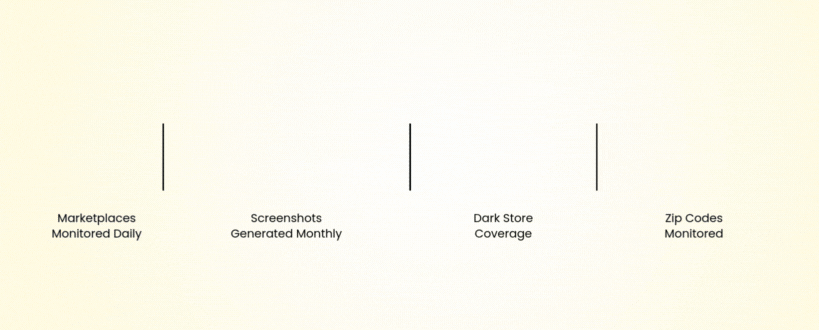
Sign up for a free trial today to see 42Signals in action.


